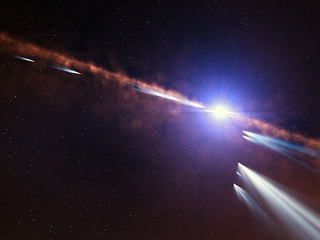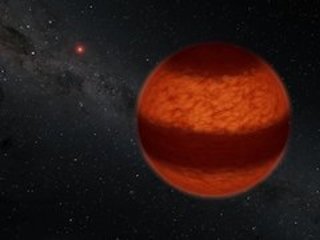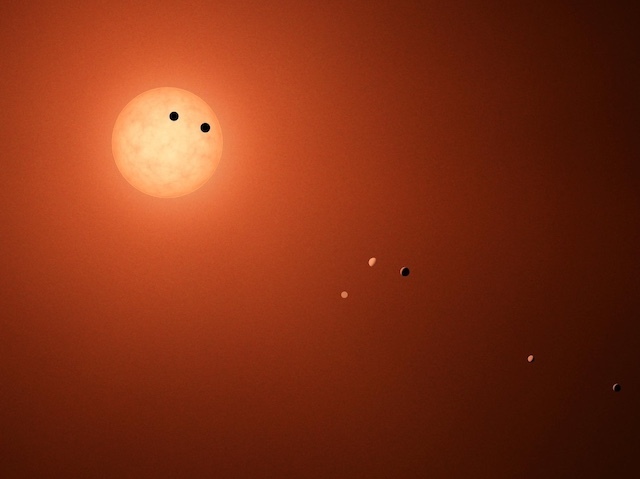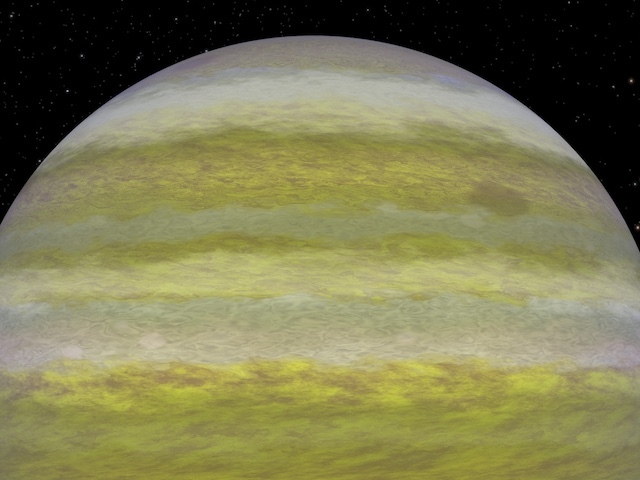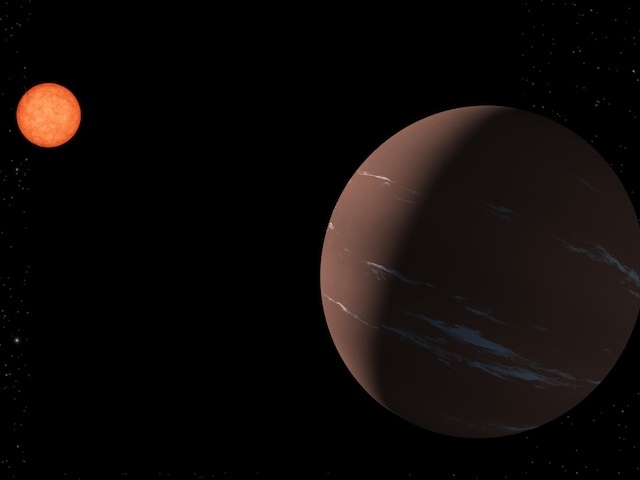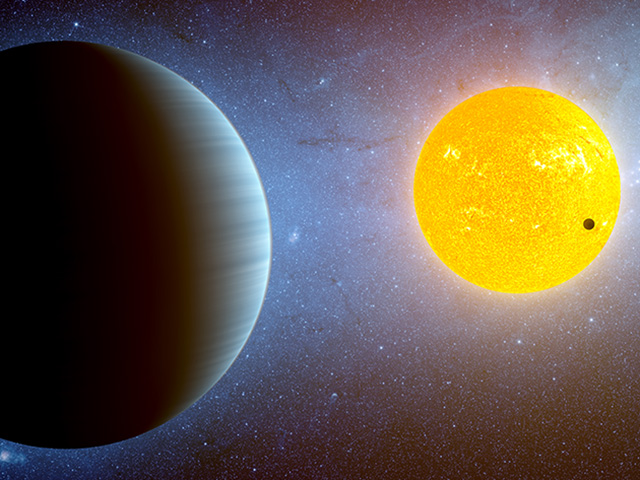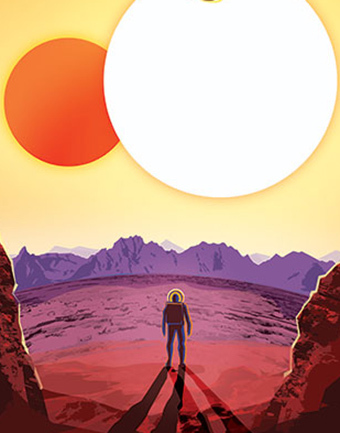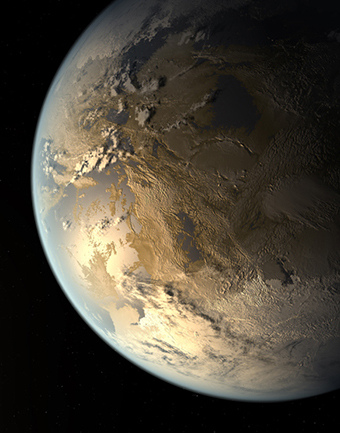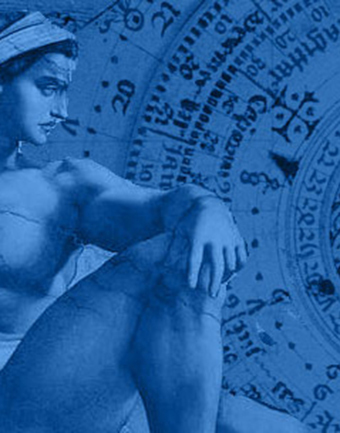The Discovery: A glowing cosmic cloud has revealed a cataclysmic collision.
Key Facts: Even within our own solar system, scientists have seen evidence of giant, planetary collisions from long ago. Remaining clues like Uranus’ tilt and the existence of Earth’s Moon point to times in our distant history when the planets in our stellar neighborhood slammed together, forever changing their shape and place in orbit. Scientists looking outside our solar system to far off exoplanets can spot similar evidence that, across the universe, planets sometimes crash. In this new study, the evidence of such an impact comes from a cloud of dust and gas with a strange, fluctuating luminosity.
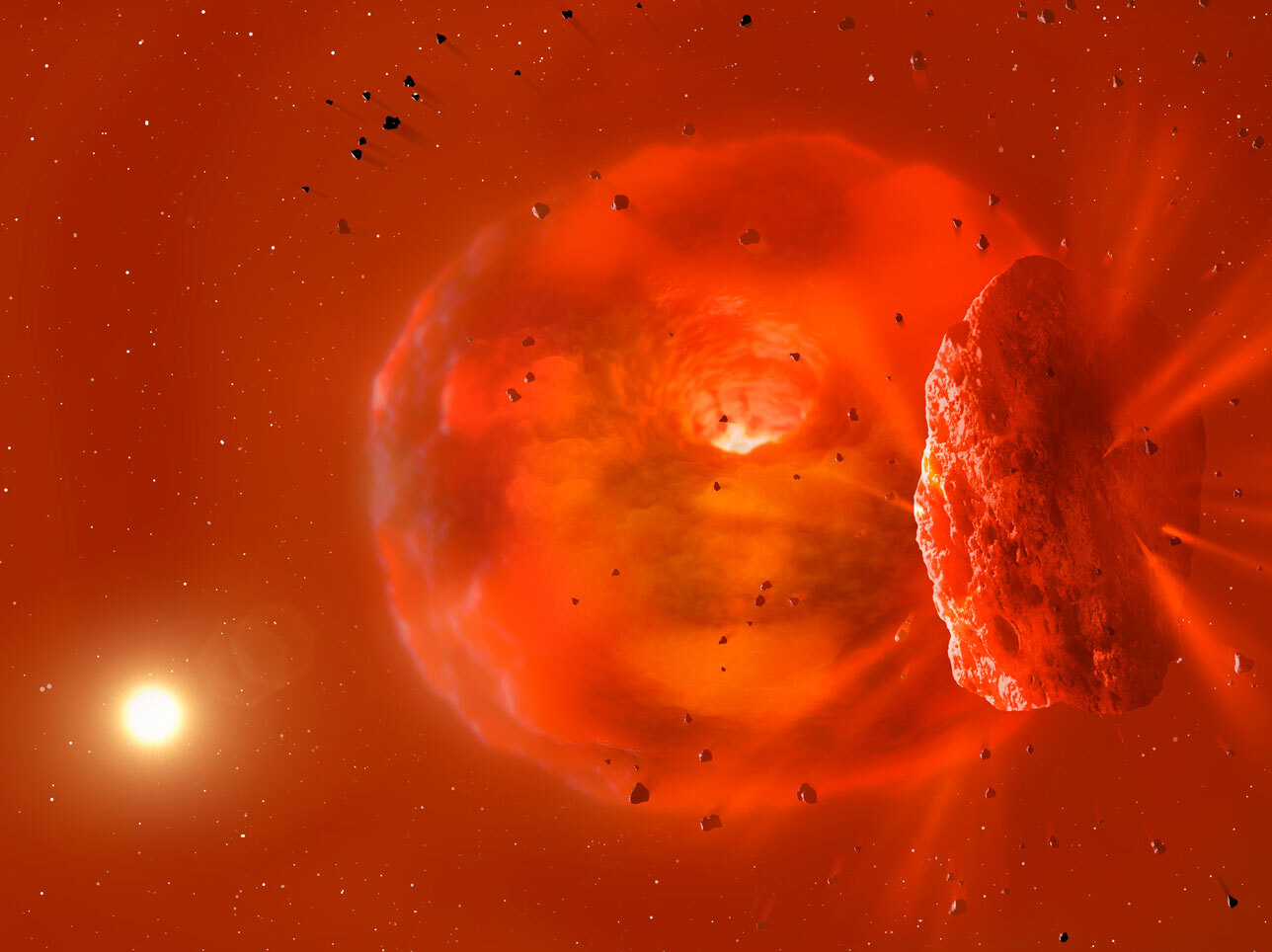
Details: Scientists were observing a young (300-million-year-old) Sun-like star when they noticed something odd: the star suddenly and significantly dipped in brightness. A team of researchers looked a little closer and they found that, just before this dip, the star displayed a sudden spike in infrared luminosity.
In studying the star, the team found that this luminosity lasted for 1,000 days. But 2.5 years into this bright event, the star was unexpectedly eclipsed by something, causing the sudden dip in brightness. This eclipse endured for 500 days.
The team investigated further and found that the culprit behind both the spike in luminosity and the eclipse was a giant, glowing cloud of gas and dust. And the most likely reason for the sudden, eclipse-causing cloud? A cosmic collision between two exoplanets, one of which likely contained ice, the researchers think.
In a new study detailing these events, scientists suggest that two giant exoplanets anywhere from several to tens of Earth masses crashed into one another, creating both the infrared spike and the cloud. A crash like this would completely liquify the two planets, leaving behind a single molten core surrounded by a cloud of gas, hot rock, and dust.
After the crash, this cloud, still holding the hot, glowing remnant of the collision, continued to orbit the star, eventually moving in front of and eclipsing the star.
Fun Facts: This study was conducted using archival data from NASA’s now-retired WISE mission – the spacecraft continues to operate under the name NEOWISE. This star was first detected in 2021 by the ground-based robotic survey ASAS-SN (All-Sky Automated Survey for Supernovae).
While this data revealed remnants of this planetary collision, the glow of this crash should still be visible to telescopes like NASA’s James Webb Space Telescope. In fact, the research team behind this study is already putting together proposals to observe the system with Webb.
Discoverers: The study, “A planetary collision afterglow and transit of the resultant debris cloud,” was published Oct. 11, 2023, in Nature by lead author Matthew Kenworthy alongside 21 co-authors.

